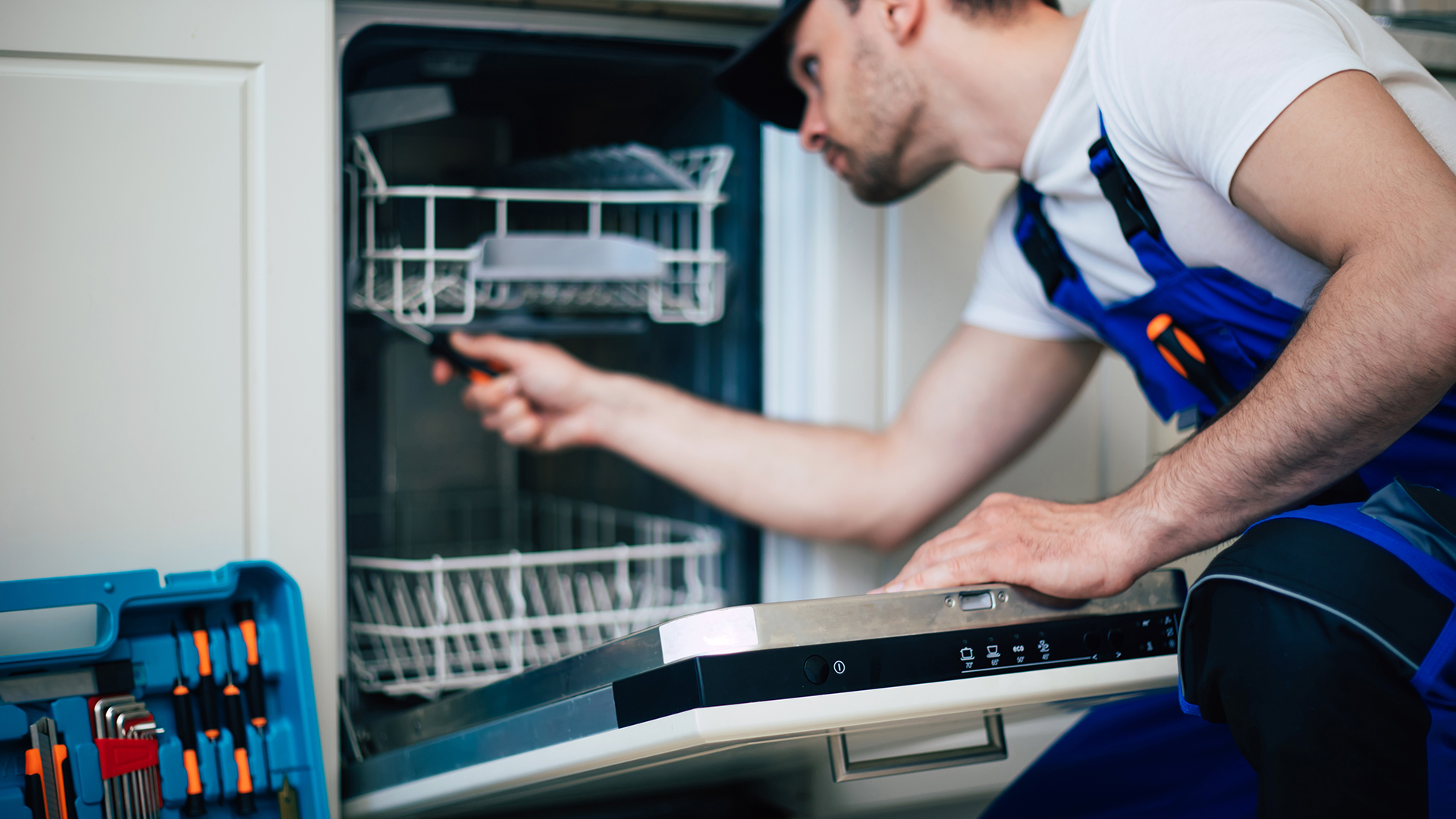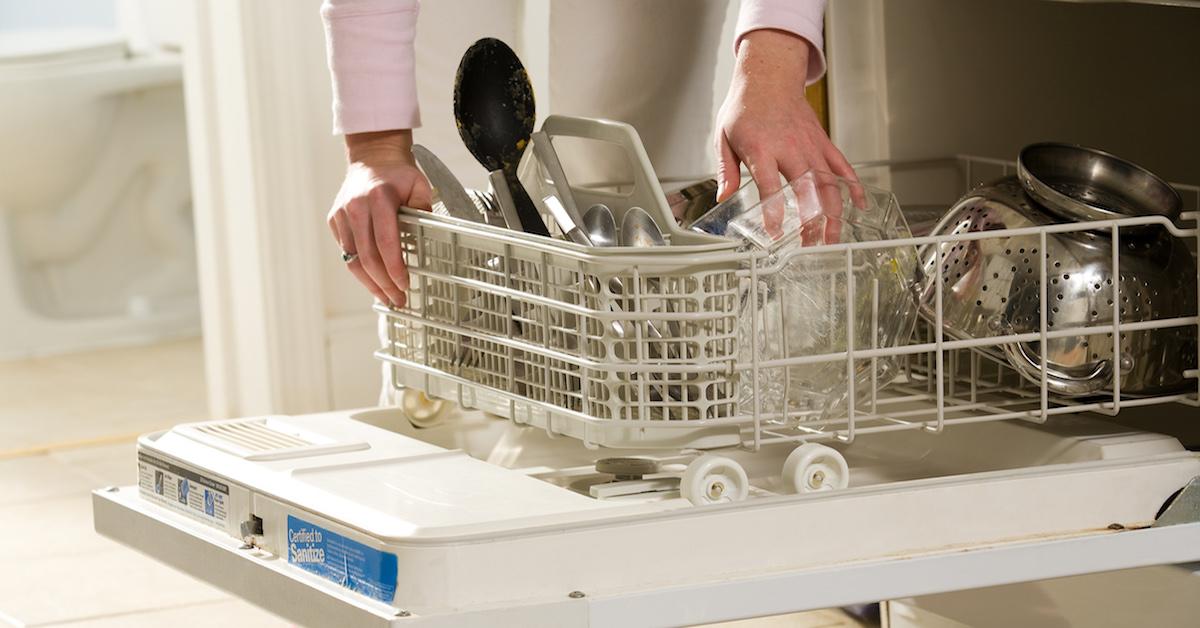Dishwasher Installation Readiness: Six Important Steps to Complete Prior to
Dishwasher Installation Readiness: Six Important Steps to Complete Prior to
Blog Article
Are you currently on the lookout for critical information on How to install a dishwasher safely?

Taking care of a new dish washer into your residence is no little joke, especially if you're ordering the machine online. Of course, we advise that you work with your plumber because they are specialists at dishwasher installation. Plus, we've done this prior to so we can prevent little errors that can create a great deal of discomfort in the long run.
The 6 hacks will certainly make your dishwasher installment as smooth as possible.
Discover the electric source
Before inviting your plumbing technicians over, make certain that there is a power outlet near to your favored dishwasher place. If there isn't, you may require to run a cord to that area. These tiny miscalculations can make or mar your experience, so you would certainly succeed to examine beforehand.
You can use this opportunity to examine that your kitchen has an independent control to ensure that you can shut down the kitchen area's power at once while delighting in power in the remainder of your residence. This simple component can protect against multiple accidents and conserve you some money.
Make certain the parts are total
If you're acquiring an economical dishwashing machine, opportunities are that the components aren't full. You can examine the details supplied about the item to verify. If it isn't, you might require to go shopping for parts with your plumber. Look for a consumption hose pipe, a power cable and even a vapor nozzle.
There is a huge possibility of getting mismatched parts, so speak with somebody with a lot of experience, simply put, your emergency plumbers.
Check your water shut-off shutoff
Your dishwashing machine will certainly have its own connection. It might be linked to your kitchen sink's supply, or it may have its own components from your primary. However, you require to understand that you can manage the water that supplies your brand-new dish washer.
While getting ready for the setup, turn off all connections to the kitchen. This can prevent accidents and also disruptions.
Examining your shut-off shutoff prior to your plumber arrives can additionally avoid you from unexpected costs due to the fact that you can't link a brand-new dishwasher to a defective shut down valve.
Likewise make sure that there are no cross connections that can avoid your dish washer from getting hot water.
DEVICES
Get the appropriate dimensions.
It is very important that your dish washer suits completely with the rest of your kitchen area devices. Before you put an order for the dishwasher, take a measuring tape and procedure front the top of the kitchen table to concerning an inch off the floor. This is an usual error many people make. If you gauge from the top of the table to the flooring, your dishwashing machine may be an inch greater than the table when it gets here.
Also, take the protrusion right into account. European and also American dishwashing machines have various thicknesses, so always consult your plumber.
Review positioning.
The most effective location to fix your dish washer is right alongside your sink, or listed below it. The further your dish washer is from your sink, the much less functional the style. If you have any type of aesthetic objectives for your dishwashing machine, speak to your plumber about them. Constantly communicate with your plumber.
How To Install A Dishwasher
Installing A Dishwasher Yourself
Just like other home appliances, a dishwasher helps to make chores less time-consuming and free of hassle. Most modern kitchens have a dishwasher or a cabinet space for dishwasher installation built into them. An older kitchen with no dishwasher or cabinet space for one might require a little reconstruction to accommodate dishwasher installation.
Installing a dishwasher requires basic knowledge of plumbing and electrical wiring. This article contains the steps involved in dishwasher installation, dishwasher installation tips, things to consider when installing a dishwasher in a kitchen that previously had no dishwasher in it, and tips for maintaining a dishwasher.
Step One: Gather the Necessary Supplies
Gather all the required items and keep them near the installation site for easy reach. The materials and tools you will require include the following:
A screwdriver • A hose clamp • Duct tape (optional) • A brass fitting • Teflon tape • A pair of pliers • An adjustable wrench • A drill • Braided steel water line • A pair of rubber hand gloves (optional) • Wire nuts Take Safety Measures
First, turn off the power socket and unplug the power cord if it is a plug-in dishwasher. Then, proceed to turn off the circuit breaker. Next, turn off the hot water shut-off valve under the kitchen sink and run the tap to ensure the water supply is shut off. Protect your kitchen floor close to the installation area with an old rug or a piece of drop cloth.
Remove the Old Dishwasher
This step only applies if your kitchen has an old dishwasher that you want to replace. Remove the cabinet door to gain complete access to the old dishwasher. Next, remove the cover of the access panel located at the bottom front side of the dishwasher. Locate the junction box inside the access panel.
Now, unscrew the terminal screws holding the wires in place at the junction box. Then, remove and tuck the wires out of the way with duct tape. Locate the dishwasher water inlet tube, undo the brass fitting and disconnect the water supply pipe from it. Put the disconnected end of the water supply line pipe into a bucket or bowl to collect any water remaining in it.
Reach down beneath the sink to undo the drain hose. Loosen, then clamp and disconnect the drain hose of the dishwasher from the tailpiece of the sink. Next, put the disconnected end of the drain hose into a bucket to collect the water and debris.
With all the connections out of place, remove the screws holding the dishwasher in place with a screwdriver, gently pull the dishwasher out from the cabinet and set it aside. You can use a piece of cloth or towel to clean up the mess made or any water spillage on the floor. Also, clean the cabinet where the old dishwasher was before installing a new one.
Skip this step if you are having a dishwasher installed for the first time in your kitchen.
Install the New Dishwasher
Carry your new dishwasher unit close to the area of installation. Unpack it and go through the user manual. Lay the dishwasher on its back so the bottom is exposed and accessible.
Connect the Water Supply
Wrap Teflon tape on the tip of the water inlet pipe located at the bottom of the dishwasher. Screw on the 90 degrees brass fitting to the taped inlet pipe and tighten it with an adjustable wrench. Most dishwasher units do not include a brass fitting, but they are available at hardware stores.
Once you have the fitting, connect the new water supply line to the elbow of the brass fitting. Pass the other end of the waterline through one of the cabinet holes and place it on the floor beneath the kitchen sink.
Attach the Drain Line
Locate the dishwasher drain standout pipe, connect the drain line to the dishwasher, and secure the connection with a hose clamp. Pass the other end of the drain line through the cabinet hole and place it towards the sink drain tailpiece.
Slide the Dishwasher into Place
Attach the adjustable legs to the front of the dishwasher. Carefully slide the dishwasher under the countertop into the cabinet. Stop halfway and ensure everything is in a good position before sliding it in completely. Finish hooking up the water line by connecting the other end to the dual shut-off valve located under the kitchen sink.
Proceed to connect the drain hose through an air gap to your garbage disposer, if you have any, or to the drain tailpiece of your sink. If you do not have an air gap, make a high loop with the drain hose before connecting it to the garbage disposal or the sink drain tailpiece.
Hook-up the Electrical Wires
Remove the cover of the access panel and unscrew the cover plate of the junction box. Connect the wire from the circuit breaker to the wire at the junction box. Next, connect the white wire to the white wire at the junction box, the black to the black, and the green wire to the ground wire.
Use wire nuts to secure the connection tightly in the junction box. Screw back the cover plate of the junction box and close the access panel. Skip this step if your new dishwasher has a power cord wired to it at the manufacturing factory.
https://www.movementplumbing.com/blog/how-to-install-a-dishwasher

Hopefully you enjoyed reading our part on How to install a dishwasher safely. Thanks for taking the time to read through our article post. Do you know about anybody else who is excited by the niche? Feel free to share it. Thanks for your time invested reading it.
Ready to assist. Report this page